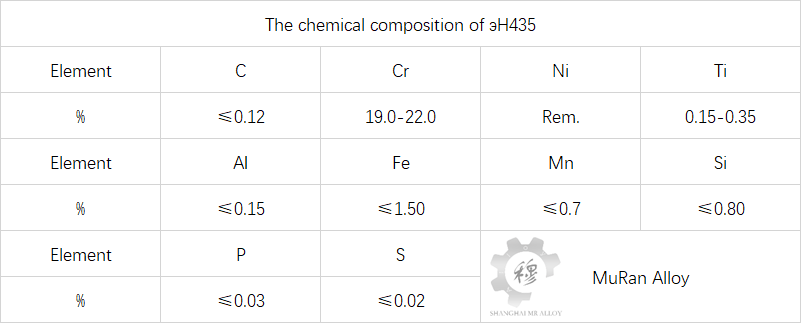Introduction of XH78T(RUS)GH3030
Tech Center 2025-08-10 107
Overview of XH78T(RUS)GH3030
XH78T(RUS)GH3030 superalloy, classified by alloy strengthening type, belongs to solid solution strengthened nickel-based superalloys. It features excellent oxidation resistance and corrosion resistance and is widely used in hot-end components such as engines and blades. The processing performance of XH78T(RUS)GH3030 is also relatively superior and it can be used as raw material for making chemical equipment and supporting accessories. With the rapid development of the industrial field, the requirements for the working environment of alloys are becoming increasingly strict. Alloys need to have stable performance and excellent microstructure. By accelerating the recrystallization process of materials, the microstructure and material properties of alloys can be improved. The recrystallization process has an important impact on the microstructure and performance of materials. During the static recrystallization process, after heat treatment of cold-deformed metals, new grains appear on the original deformed structure within the metal and gradually grow to form equiaxed grains, and the deformed structure eventually disappears.

Regarding the influence of pulse current on the performance of cold-rolled XH78T(RUS)GH3030
The influence of pulsed current treatment on the static recrystallization behavior of cold-rolled XH78T(RUS)GH3030 alloy was studied. By analyzing the variation laws of static recrystallization with different annealing temperatures and annealing times, it was found that the static recrystallization volume fraction of the alloy after pulsed current treatment increased with the increase of annealing temperature and gradually increased with the extension of annealing time. Under the same temperature or annealing time, the static recrystallization grain volume fraction of pulsed current treatment is much larger than that of conventional annealing treatment. The average recrystallization grain size and uniformity of pulsed current treatment are higher than those of conventional annealing treatment. This indicates that the pulsed current treatment has a very obvious accelerating effect on the nucleation and growth of the static recrystallized grains of XH78T(RUS)GH3030 alloy.
2) The static recrystallization kinetics equations of the alloy after pulsed current treatment and conventional annealing treatment were established. The activation energy of the alloy after pulsed current treatment was calculated to be 51.16-55.96 kJ/mol, which was much lower than that of the alloy after conventional annealing treatment, 267.19-294.3 kJ/mol. Therefore, it can be proved that pulse current treatment can promote the static recrystallization behavior of XH78T(RUS)GH3030 alloy.
3) Hardness tests were conducted on cold-rolled XH78T(RUS)GH3030 alloy treated with pulse current, and it was found that the hardness of the alloy first increased and then decreased with the rise of the pulse current treatment temperature. The hardness reaches its maximum value when the temperature is 750 ℃. Microhardness decreases with the increase of pulse current processing time. In addition, the hardness of the alloy treated with pulsed current is significantly lower than that treated with conventional annealing.
The above is a brief introduction to XH78T(RUS)GH3030 nickel-chromium based solid solution strengthened superalloy. (wellalloy.com) updates alloy information daily. Welcome everyone to offer suggestions and exchange.
